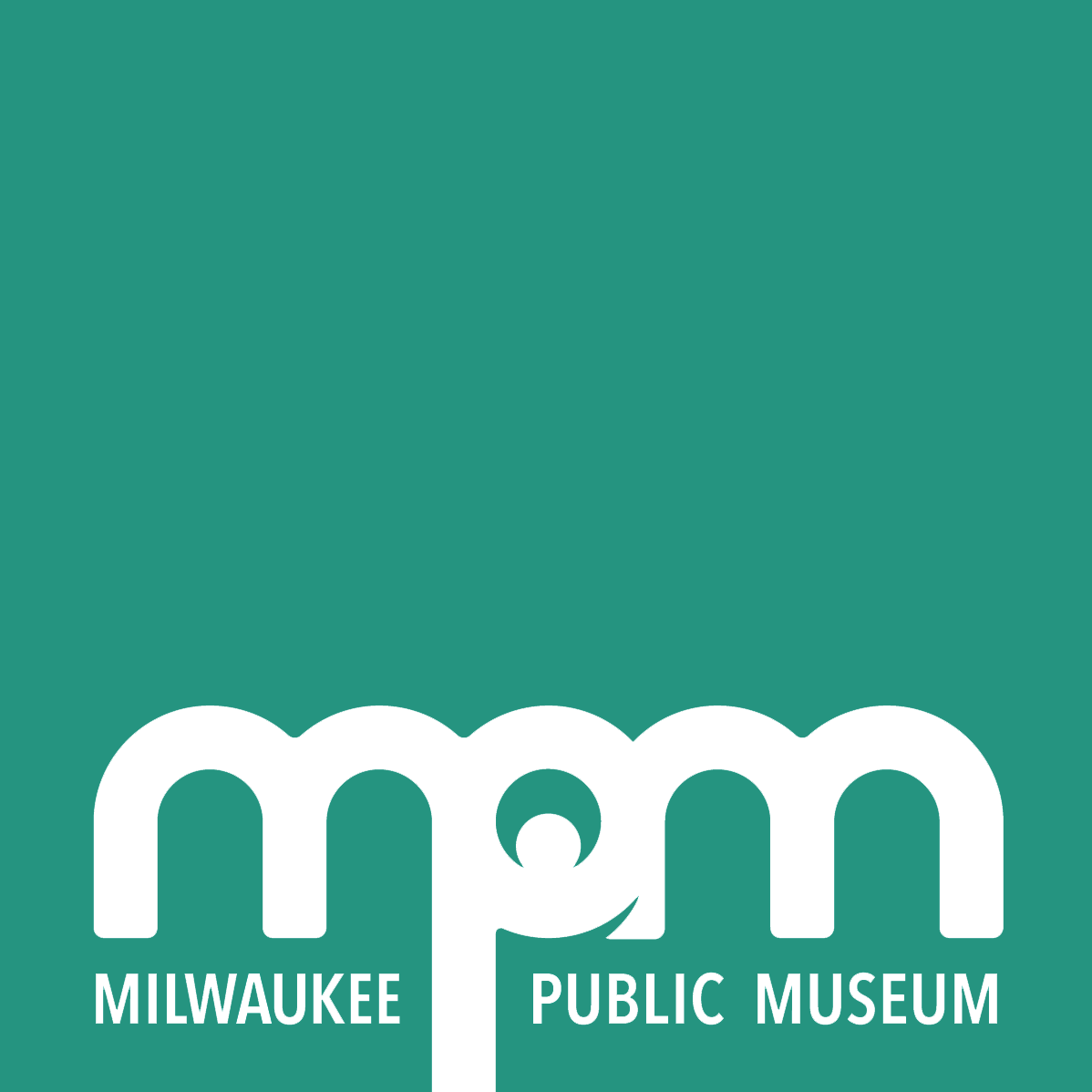Archean (WI only)
The Archean
4.0-2.5 billion years ago
Archean 2.8 to 2.7 bya (WI only)
Earth's oldest rocks form
Gneiss is the oldest type of rock in Wisconsin. It is a metamorphic rock that has been so altered that it is difficult to determine the nature of the original rock. Gneiss can be derived from volcanic rock, sedimentary rock, or granite.
Greenstone often referred to as greenstone belts because it occurs as long narrow strips of rock. Note: the grey color band on the northern edge of the Wisconsin geological map is a greenstone belt. Archean greenstones are made up of several rock types that form a general sequence:
-
At the bottom of a typical Archean greenstone sequence is volcanic basalt called pillow basalt. This is lava that erupted underwater and is similar in composition to the modern ocean floor and Hawaii.
-
Above the basalt is another type of volcanic rock called rhyolite. Rhyolite comes from a more explosive type of volcano than basalt, such as the types found in the Cascades and Japan and the rock produced by this type of an eruption is often fragmented and brecciated.
-
The third major component of greenstone belts is greywacke. Greywacke is a sedimentary rock made up of sand, clay and volcanic rock fragments. Due to metamorphism the clay is altered to the mineral chlorite and the rock is altered to a metamorphic rock called schist.
-
Iron formations are another important component of Archean greenstone belts. Iron formations are also sedimentary rocks probably formed by volcanic hot springs and precipitated by bacteria.
-
Associated with these greenstone belts are granitic intrusions that intruded into, and deformed and altered the greenstone.
-
Greenstone belts and granitic intrusions are similar to the types of rocks that form in island arc subduction zones today, such as modern day Japan. These ancient rocks provide evidence that plate tectonics has been functioning in some form or another for over 2.5 billion years and also suggests that the Archean was a time of ocean floor and continental crust building.
Many greenstone and granite terranes formed during the Archean. After these terranes formed it is thought that many collided and formed an Archean supercontinent called Kenorland. This would have been similar to the supercontinent Pangea, but much older. The formation of this supercontinent was probably the first of several major mountain building events that metamorphosed, folded and partially melted these terranes. Please note that few rocks from this time survived. The rocks that have survived are highly altered having been subjected multiple times to high temperatures and pressures. Consequently it makes it very difficult to understand what the world was like this far back in time.





